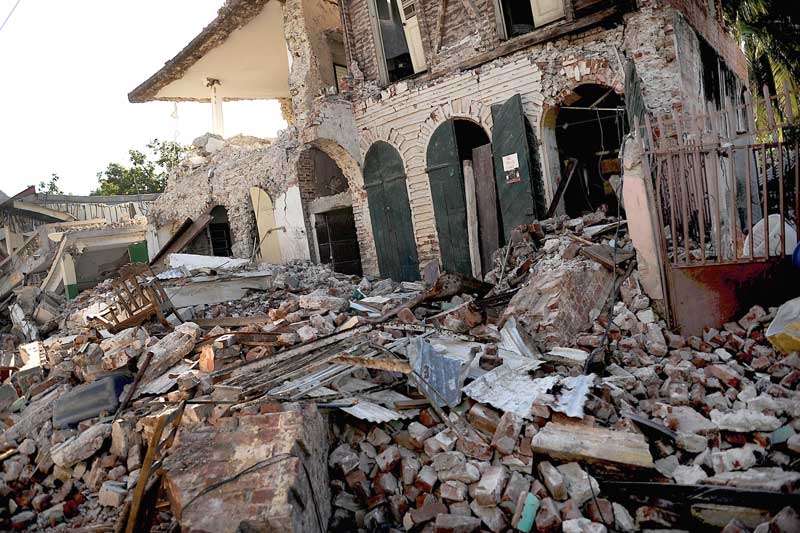On this day, 21st September: International Day of Peace (UN)

The International Day of Peace is observed globally on September 21 each year. Established in 1981 by the United Nations General Assembly, the day is dedicated to promoting peace among nations and fostering a culture of non-violence and unity. The day serves as a reminder of the importance of peace in building sustainable, resilient communities and advancing human rights.
Origins and Purpose:
The International Day of Peace was initially established to coincide with the opening session of the UN General Assembly, which traditionally begins on the third Tuesday of September. However, in 2001, the General Assembly unanimously voted to set September 21 as the fixed date for the observance and to designate the day as a 24-hour period of non-violence and ceasefire.
The purpose of the day is to inspire peace and demonstrate the UN's commitment to resolving conflicts through dialogue, diplomacy, and mutual understanding, rather than violence. The day encourages nations, individuals, and organizations to work toward a world where conflicts are addressed through peaceful solutions and cooperation.
Key Themes:
Each year, the International Day of Peace is celebrated with a different theme to highlight specific global challenges related to peace. Some recent themes have included:
- 2023: "Actions for Peace: Our Ambition for the #GlobalGoals" – focused on achieving the UN Sustainable Development Goals (SDGs) as a pathway to global peace.
- 2022: "End Racism. Build Peace." – emphasized the importance of eliminating racism to foster global unity and understanding.
- 2021: "Recovering Better for an Equitable and Sustainable World" – addressed the need for recovery from the COVID-19 pandemic with a focus on fairness and sustainability.
Global Observance:
The UN celebrates the International Day of Peace with events at its headquarters in New York, where the Peace Bell is rung. This bell, a gift from Japan, is cast from coins donated by children from all continents and is a symbol of global unity.
Around the world, governments, organizations, schools, and individuals participate in activities such as:
- Organizing peace marches, workshops, and conferences.
- Holding moments of silence to honor those affected by conflict.
- Engaging in community-building projects that foster understanding between different cultures and groups.
The Role of Ceasefires:
One of the key objectives of the day is to call for temporary ceasefires in conflict zones. The UN has urged warring parties to pause their hostilities, even if just for 24 hours, to allow for humanitarian aid, peaceful negotiations, and the possibility of long-term peace.
Importance of the Day:
In a world where conflicts, social inequalities, and environmental issues are increasingly interconnected, the International Day of Peace serves as a call to action for individuals and nations alike. It promotes the idea that peace is not only the absence of war but also the presence of justice, equality, and sustainable development.
By focusing on issues like poverty, human rights, and climate change, the day highlights how achieving peace involves addressing the root causes of conflict and building a more inclusive, just world for future generations.
The International Day of Peace is a day for reflection, commitment, and action toward a world where peace and prosperity can flourish.





